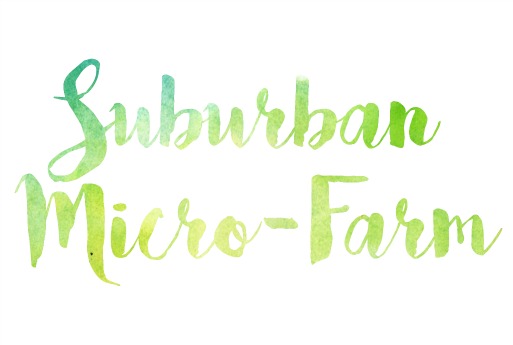I've been wanting to make nasturtium products for a while now, having only used them as edible flowers in salads and as edible decoration. While scrolling through a pickling book I picked up "brand new" at a used book sale - I noticed a recipe for nasturtium capers. I love smoked salmon with all the fixings, so I did some research and found that you can make larger sized - poor man's capers - if you will, out of the smaller light green seed pods. They don't get that dark brown colouring, but they taste nearly the same, and basically free if you grow nasturtiums and can spare a cup of vinegar and a dash of salt.
 |
| A lovely sunshine-yellow and peachy-salmon Alaska Nasturtium |
I found that when using the flowers in recipes - the darker flowers were the real colour makers - the light yellow to light orange flowers emitted a very faint colour, whereas the darker flowers produced a strong orange red colour almost right away.
 |
| A pile of red and orange flowers collected for the recipes. |
Other recipes I encountered were simple and seemed like worth the experiment. Nasturtium jelly - a sweet and spicy spread for crackers and cheeses, this sounded amazing, so I gathered a large amount of flowers for this and another clump of flowers for a herb vinegar with the light flavour and colouring of nasturtiums.
With the addition of plenty of chicken manure and new garden space - my nasturtiums are monsters this year. I also used epsom salt and fish emulsion sprays, which no doubt have strongly influenced the growth habits of these plants. Although I'm finding that the fertilizers create more foliage and less fruit - which displays as crazy thick leaf clusters in nasturtiums and less flowers overall - yet still more flowers per plant then in past non-fertilizer years.
 |
| Gorgeous dark red flowers a-top dark green foliage - this variety was a proven producer of flowers. |
After collecting a few cups of flowers the plants looked rather bare - but, within the next two to three days they tripled the amount of flowers in a flower explosion - which was perfect for boosting the amount of seed pods for the capers.
For making the nasturtium jelly, it's pretty straight forward - pick about 2 1/2 cups of fresh nasturtium flowers - darker the colour the more colour in your jelly. Rinse and clean them like a delicate salad.
Pour about 3 cups of boiling water over the flowers in a large glass bowl - metal bowl will tamper with the flavour and colour. The water will immediately change colour - but don't be alarmed, the first time I did this I actually thought I had somehow overcooked the flowers because the water appeared purple-brown - but this is just an illusion created by the flowers. Leave the bowl of water and flowers to sit overnight. You can put them in the fridge once they cool down completely, but I simply covered the bowl with plastic wrap and left it on the kitchen table for about 24 hours.
Next step after allowing the flowers to soak is to prepare a strainer lined with paper towel over a metal pot. Just note that if you use paper towel to filter, you must gently squeeze out the remaining flower "juice" and be careful not to press any paper towel fibres into your pot.
Squeeze the flowers over the strainer with your hand to extract any remaining juice and flavour and carefully squeeze the paper towel. If the water smells faintly floral - this a great thing, it will only get stronger as it cooks down!
Once all of the nasturtium juice is drained into the pot, you're ready to add sugar and a touch of spice. As you can see the juice isn't brown at all compared to how it appeared in the glass mixing bowl, it's a lovely shade of red-orange and it smells like nasturtium flowers. Place the pot on the stove and add about a cup or so of sugar and a 1/4 teaspoon of your favourite (non garlic containing) hot sauce - I added Sriracha.
Bring to a rolling boil for maybe 15 minutes or until the mixture sticks to your spoon and it immediately sticky to touch, add a dash of lemon juice and pectin. If you overcook the jelly it will turn to solid candy (another experiment, another day) and undercooking it will keep it too liquid to use as jelly.
In the end I had two smallish jars of jelly. Pour the hot liquid carefully into each jar, wipe away and drips or spills (jars should be preheated by the oven at 125F for 10 mins) and the lids in boiling water. The jelly and jars are hot enough to seal without a hot bath. It is important to leave the jars undisturbed at room temperature - you don't want to create condensation in the jars by placing them in the fridge and the jelly needs like to solidify. Within 24 hours your batch of jelly is ready to enjoy and should be kept in the fridge once opened.
Finished product! Wowza - look at that colour!

































